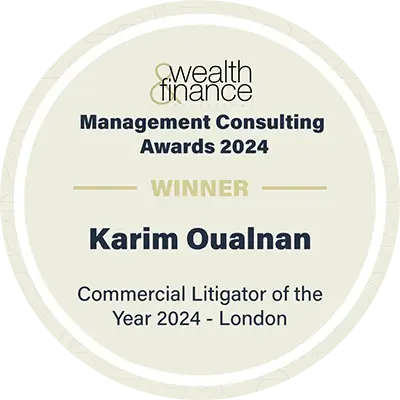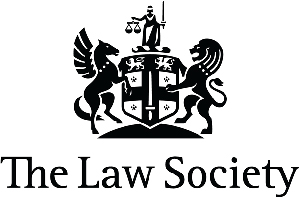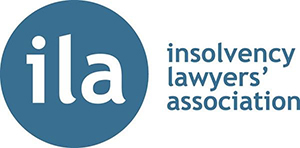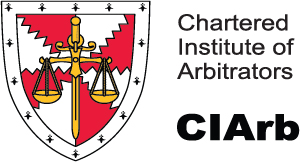A couple recently won their appeal against HM Revenue & Customs (HMRC) assessment and refusal for Private Residential Relief. Mr and Mrs Lee successfully defended their calculation for a tax relief known as “Private Residence Relief (PRR).” Their case is based on the previously debatable interpretation of the term ‘period of ownership’.
What is Private Residential Relief?
HMRC allows full or partial Capital Gains Tax relief when selling your home under the following conditions:
- you have one home and you have lived in it as your main home for all the time you have owned it
- you have not let part of it out – this does not include having a lodger
- you have not used a part of your home exclusively for business purposes (using a room as a temporary or occasional office does not count as exclusive business use) the grounds, including all buildings, are less than 5,000 square metres (just over an acre) in total
- you did not buy it just to make a gain
To qualify for relief, it is necessary to show that the property has been occupied as a “residence” which pre-supposes a degree of “permanence, continuity and the expectation of continuity”.
If all these apply you will automatically get a tax relief called Private Residence Relief and will have no tax to pay. If any of them apply, you may have some tax to pay.
The Case – HMRC v. Gerald and Sarah Lee [2023] UKUT 242
The central issue in the case was the ‘period of ownership’ and ‘dwelling house’ for the purposes of relief which are not defined in legislation. The Lees purchased ‘8 Nuns Walk’ on 26 October 2010 for £1.679 million, demolishing the existing house. They spent the next 3 years constructing a primary residence finally settling into their home from 19 March 2013. The Lees resided in this property until 22 May 2014 when they decided to sell their new property and apply PRR on the gain under s223(1) Taxation of the Chargeable Gains Act 1992. The couple considered all the gain accruing from 26 October 2010 to 22 May 2014 i.e. the period in which the construction works were being carried out was eligible for PRR.
In January 2017, HMRC began an investigation into the tax returns of the Lees for 2014/15. This inquiry involved multiple rounds of back and forth between both parties. In September 2019, HMRC issued closure notices and assessments.
During the investigation, HMRC determined that the Lees had the property in their possession for a total of 43 months; from their purchase in October 2010 to its sale in May 2014. They also worked out that PRR could only be applied to 18 months of the total gain. This calculation was based on a final period exemption, which allowed for 18 out of the total 43 months of PRR.
The First Tribunal Decision – Court at First Instance
The Lees appealed to the First Tier Tribunal (FTT) claiming that the legislation is clear about the ‘period of ownership’ referring to solely the ‘dwelling house’ and not the land. The FTT agreed that the term ‘dwelling house’ being used in the legislation allows them to separate interpretations of the land and dwelling house.
The FTT ruled in favour of the Lees rejecting HMRC’s defence and allowing the couple to avoid a tax liability of £541,821 on the profit from the property sale.
HMRC’s Appeal – Upper Tribunal
HMRC then escalated the case to the Upper Tribunal (UT). They challenged their claim, contending that the tax relief should only be applicable to a portion of the profit, covering 18 months out of the 43 months during which they owned the property. HMRC argued that the ownership period commenced when they purchased the land.
They argued that the Lees’ interpretation of the ‘period of ownership’ opposed previous legal precedents, specifically citing the Court of Appeal’s judgment in the Higgins v HMRC.
The Ruling of the Upper Tribunal
The UT dismissed HMRC’s appeal. They ruled that the specific tax provision in question did not support HMRC’s interpretation. Furthermore, they underscored scenarios in which the provision could be applicable, justifying the Lees’ interpretation.
The UT ruled that Private Residence Relief covered the full profit from a primary residence constructed on land where a previous building had been demolished. Although the dwelling house remained for only a quarter of the time the land was owned, the test for the period of ownership applied to the house alone.
Free Consultation with Expert Tax Lawyers
This case highlights the importance of understanding tax regulations. It serves as a reminder that a clear understanding of the law and quality legal defence can lead to favourable outcomes, even in disputes involving government entities. It also indicates the urgency to investigate personal tax returns annually and enquire about possible tax reclaims.
If you have a tax issue or have received an assessment or penalty from HMRC, please contact us for a Free Consultation at 0207 459 4037 to discuss the merits of an appeal to the tax tribunal. Please note that you will only have 30 days from the assessment or penalty notice to pursue an appeal. You can also schedule a Free Consultation with our lawyers using the booking form below.
We will offer you a bespoke litigation funding package that meets your own circumstances and needs. We will work with you to find the best funding solution for your claim. You can find some further information about our funding options here.

































